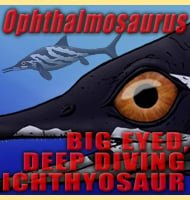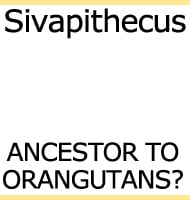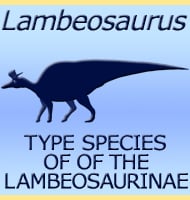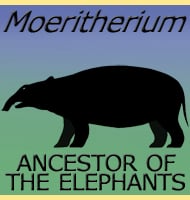In Depth
Arthurdactylus conandoylei was named after the author Sir Arthur Conan Doyle, and while he is most famous for writing the Sherlock Holmes stories, he also wrote The Lost World. For those not familiar with the story it is about a group of explorers who discover a plateau in South America where dinosaurs and pterosaurs are still alive. There have also been several film and television adaptations of the original story as well.
It is hard to say how Arthurdactylus lived as the skull is missing, and the lifestyles of pterosaurs are usually revealed by the study of their dentition and skull shape. However Arthurdactylus seems to almost certainly to have been at home in the air than most other pterosaurs as evidenced by its exceptionally long wing fingers. These large wings also seem to have formed at the expense of the legs which are quite underdeveloped when compared to other pterosaurs.
Despite the lack of skull, Arthurdactylus has been assigned to the ornithocheirid pterosaurs, a group that appears to have been exclusively piscivorous (fish eaters). Still without the skull not only is it hard to imply this diet for Arthurdactylus, but it is also hard to suggest if it had similar head crests as some members like Ornithocheirus itself did.
Further Reading
– A new Pterosaur from the Crato Formation (Lower Cretaceous, Aptian) of Brazil. – Neues Jahrbuch f�r Geologie und Pal�ontologie, Abhandlungen 194: 379–412. – E. Frey & D. M. Martill – 1994.









